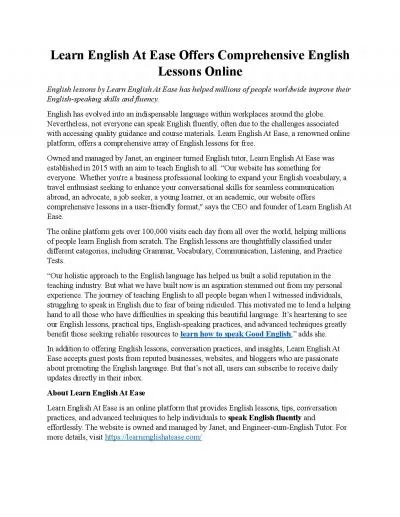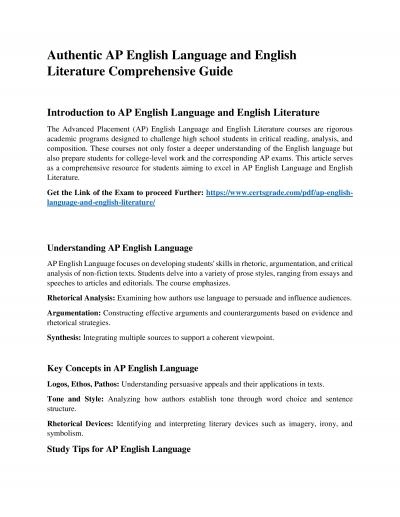PPT-English 126
Author : trish-goza | Published Date : 2016-10-18
Or as I like to call it the warm and fuzzy place where you can feed your heart and mind Tips for Class Discussions Remember each day is worth 5 points Be attentive
Presentation Embed Code
Download Presentation
Download Presentation The PPT/PDF document "English 126" is the property of its rightful owner. Permission is granted to download and print the materials on this website for personal, non-commercial use only, and to display it on your personal computer provided you do not modify the materials and that you retain all copyright notices contained in the materials. By downloading content from our website, you accept the terms of this agreement.
English 126: Transcript
Download Rules Of Document
"English 126"The content belongs to its owner. You may download and print it for personal use, without modification, and keep all copyright notices. By downloading, you agree to these terms.
Related Documents

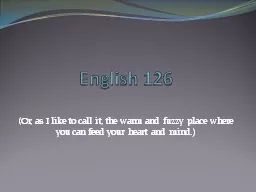


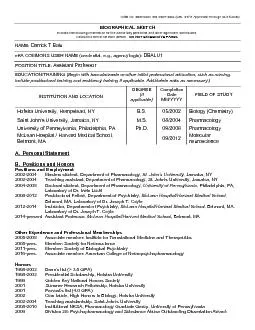
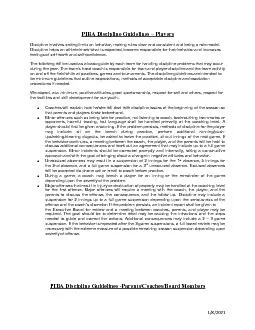

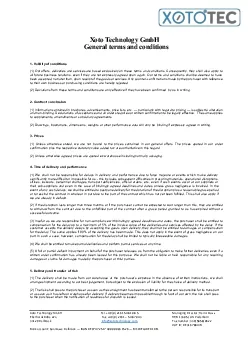




![get [PDF] Download West\'s Spanish English English Spanish Law Dictionary: Translations](https://thumbs.docslides.com/1019677/get-pdf-download-west-s-spanish-english-english-spanish-law-dictionary-translations-of-terms.jpg)
